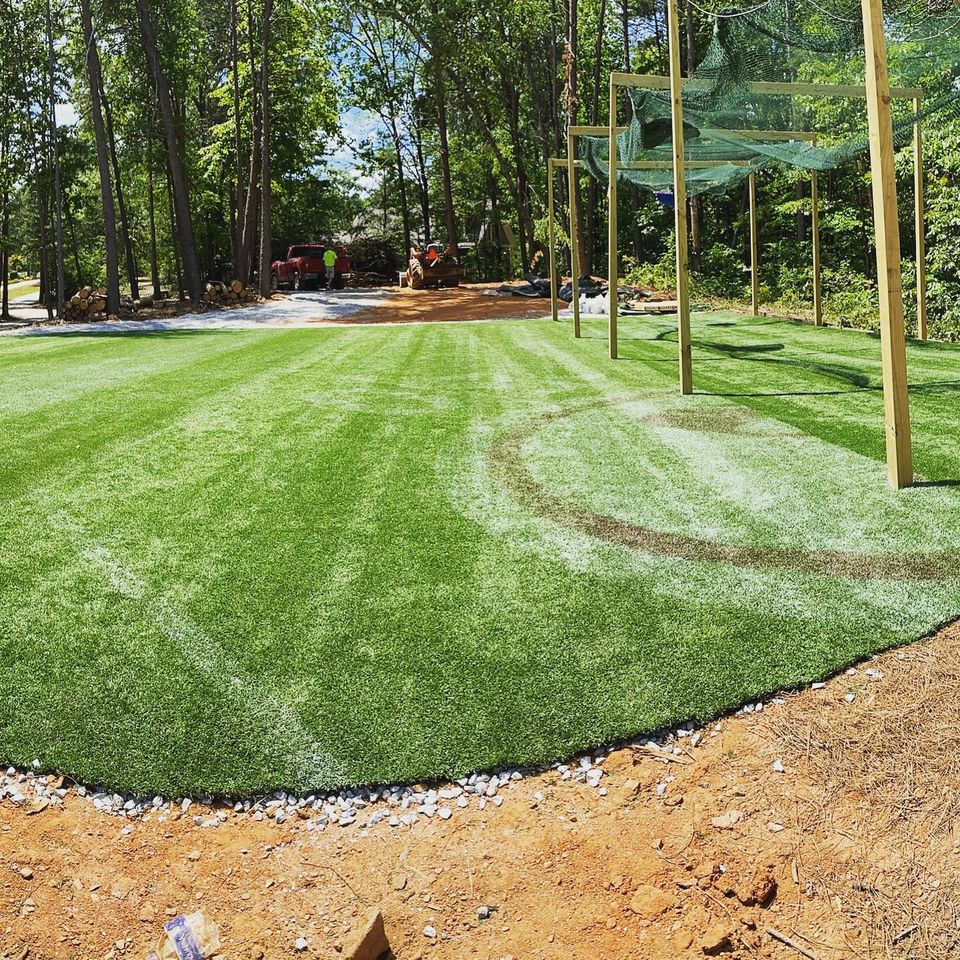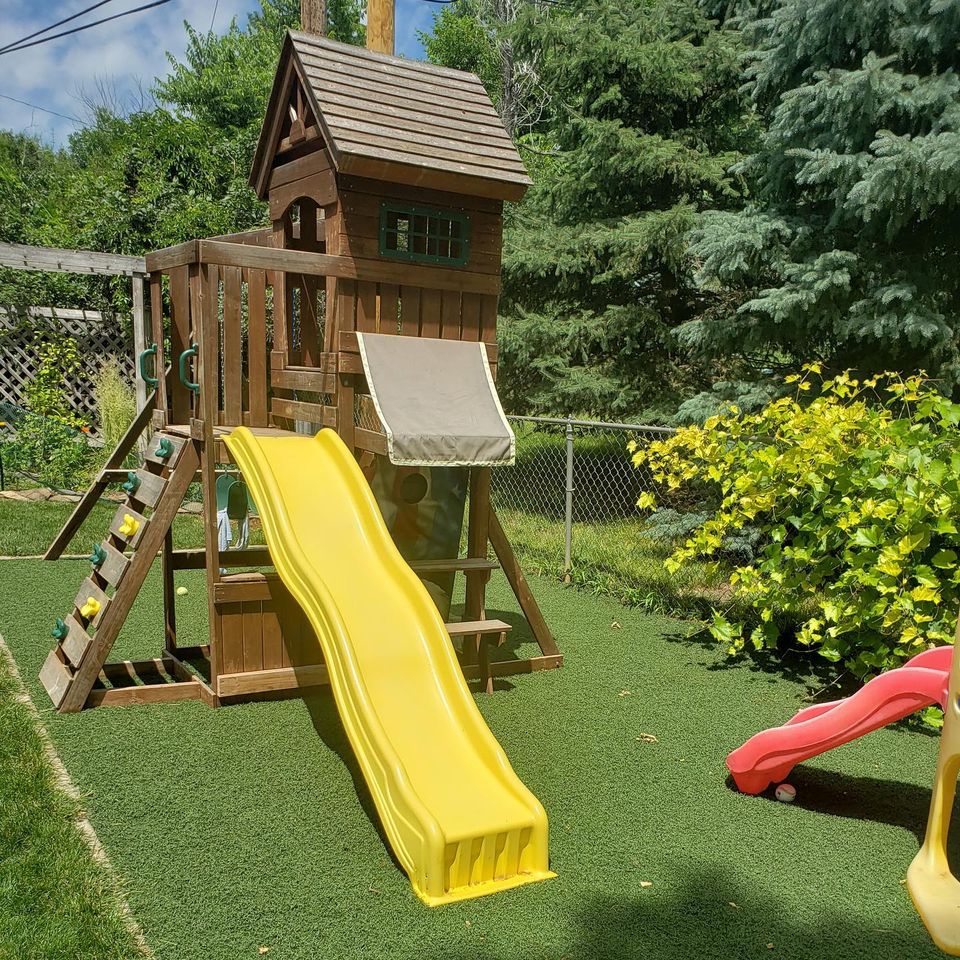Last Updated on October 20, 2020 by ReTurf
Recycling artificial turf from sportsfields provides an affordable alternative for buyers that are interested in turf for their DIY projects, sports, or indoor fields. Within the spectrum of used turf exists two main quality standards.
These are:
- Basic
- Premium
Used turf in itself provides different qualities than that of new turf. Such as softness, cushion, and more of a natural grass look. User artificial turf is also available with three basic color options.
These are:
- Green
- Game Marked
- Logo
So, whether shopping for use back in the world of sports, creative DIY projects, or various utilitarian needs – recycled artificial turf is the affordable solution.


Basic Used Artificial Turf
Used turf in the basic quality category is generally well used. This form of turf has been in active service for, typically, 10+ years. While this may seem dismaying at first, basic quality used turf actually packs in a few qualities that you cannot find with new.
One such quality is fibrillation. This is where the individual artificial grass blades split. When this happens those blades tend to curl. This results in a turf that is softer to the touch and provides a more grass-like appearance. Another aspect is that the use of infill can be reduced with this product as it already has a more natural look.
This is actually one of the top reasons, aside from lower costs, that many choose the basic form of used turf.
Premium Used Artificial Turf
Premium quality used artificial turf is from the other end of the spectrum. This is either lightly used or has some special features built-in. Premium used turf is one of the top choices for those looking to re-utilize the product back into the world of sports. This is also great for those utilitarian or extremely high traffic uses where the turf is meant to last for long periods of time under periods of extended abuse.
Some of the special features that premium used artificial turf have can include:
- Thatch
- Root Zone
What is thatching in artificial turf?
Thatch or Thatching in artificial turf is a shorter form of the “grass blade” that is often colored shades of brown and yellow. This is nestled among the regular “grass blades” as a way to make the turf appear more natural. This is done by mimicking the different layers of grass that are either dead or dying as found in natural grass.
What is the “root zone” in artificial turf?
A “root zone” in artificial turf is another form of thatch, but with a different purpose. This layer is located at the base of the “grass blades” and acts as a support layer alongside the infill. This also slows the compaction of the infill layer. It also often mimics the actual root structure with the same color variations as found in natural grass.
Reclaimed Infill
Another cost-saving aspect to be considered when shopping for used artificial turf is reclaimed infill. This is also saved and stored at the time of turf removal. In this, buying used infill can be another cost-saving avenue to take in the world of artificial turf shopping. Here at ReTurf, we offer our brand of ReFill Reclaimed Infill.
Purchasers should expect some small levels of contamination with reclaimed infill from items such as pebbles, turf, and dust.
What is infill for artificial turf?
Infill is usually a mixture of granulated rubber and silica placed over the top of the manufactured turf. This layer is then worked into the “grass blades” to keep the turf product looking and feeling as real as possible. This is done by providing support for each blade to remain verticle, while the infill mix provides some cushioning.
Some common mixtures include:
- 9.5:1 – This is 9.5 parts rubber to 1 part silica sand.
- 3:1 – This is 3 parts rubber to 1 part silica sand.
- 1:1 – This is 1 part rubber to 1 part silica sand.
To note: Rubber weighs far more than the silica sand. In this, the parts may be of equal ratios per component but not by weight.



